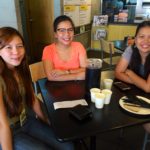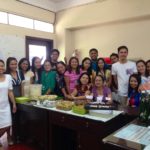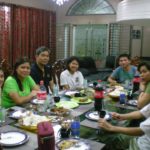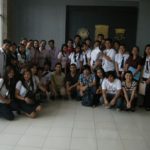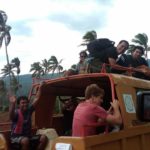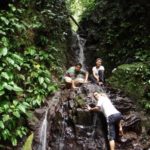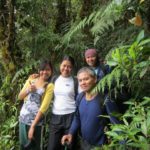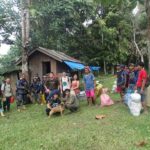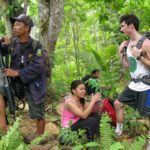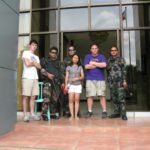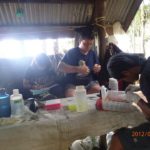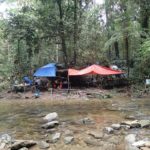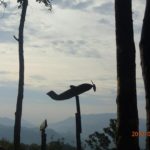Mindanao – Home Sweet Home
-
On my first blog, I mentioned how I appreciated support and fun from my colleagues to me, here at Sam Noble Museum, and how this Fulbright experience could change my outlook in life, especially at work, back to Mindanao, southern Philippines. I was very excited to think about working back at home, and I still am, in spite of the recent incident on Maguindanao (article; video), which I am deeply saddened of. So, for this blog, I wanted to tell something that is totally spectacular about Mindanao, that has nothing to do with issues of security-threats, insurgencies and political conflicts, but until now is still largely untold and seldom highlighted—the poorly known herpetological diversity of Mindanao.
Mindanao is a place where I have lived almost all my life, and I know, many people including those who live on other islands within the Philippines, have strong cultural stereotypes on us. Located at the south portion of the Philippine archipelago, my life down there, has mostly been living peacefully with my family and friends in our own terms. I loved happy family times, school, work and fun times with friends from different local cultures.
- Tess and sisters.
- Tess and siblings.
- Tess with childhood friends.
- Monthly birthday celebrations with officemates.
- Tess with friends from Philippine National Museum.
- Father Saturnino Urios University Biology students with Philippine National Museum Staff.
Although there were a number of times that we felt the overwhelming security issues, including once being emotionally disturbed from that of the “all-out-war” in the year 2000, it never stopped me from pursuing my desire and to continually hope that things will be better. I still went to conduct biodiversity fieldwork, and dream of going to many unexplored areas within the island, in the future.
- Chilly on our way up to Mt. Lumot, Gingoog, Misamis Oriental, Mindanao, Philippines.
- First fieldwork at Mt. Magdiwata, San Francisco, Agusan del Sur, Mindanao, Philippines.
- With Nonito Antoque and students on Mt. Lumot, Gingoog, Misamis Oriental, Mindanao, Philippines.
Nearing the end of my stint here at Sam Noble, I have been working on writing a paper on species distribution of amphibians and reptiles from northeast Mindanao. This paper will provide proof of even just a portion of Mindanao’s exceptional high level of herpetological diversity, as compared to other islands in the archipelago. It will also provide a great template for raising awareness on the spectacular biodiversity of Mindanao.
I consider myself very lucky to be from Mindanao because I have been able to conduct follow-up surveys on important historical sites, such as Mts. Hilong-hilong on the east, and Pasonanca Natural Park on the west of the island, where the first herpetological survey works were done by the brilliant Edward H. Taylor in the 1920s, followed- up by the great herpetological survey works of Dr. Angel Alcala and his team in the 1970s. I am also working on writing a paper on resolving taxonomic issue of a species of Mindanao-endemic frog, which is threatened with chytridiomycosis.
- On Pasonanca Natural Park, Zamboanga, Philippines.
- Jon Menegay, Tess and Dr. Rafe Brown in front of the governor’s office in Pagadian, Zamboanga del Sur.
- Low elevation camp site on Pasonanca Natural Park, Zamboanga.
The most exciting aspect of my work here in Sam Noble Museum is training on museum curation and other scientific-related skill-sets for the projected establishment of a center for biodiversity conservation in Mindanao, focused in the CARAGA Region. Sam Noble Museum curators and collection managers have provided me invaluable assistance and knowledge to various expertise-based trainings, for this aspect of my work. The world-class museum facilities also greatly supplemented to learning all of these skill-sets.
Read my blogs from the beginning!

